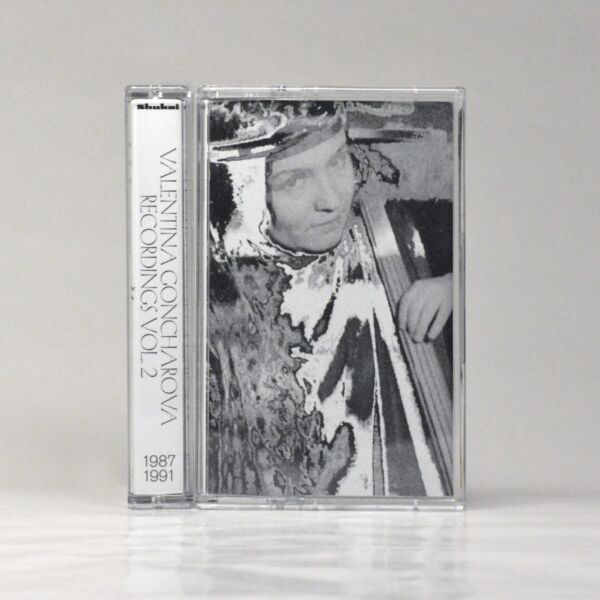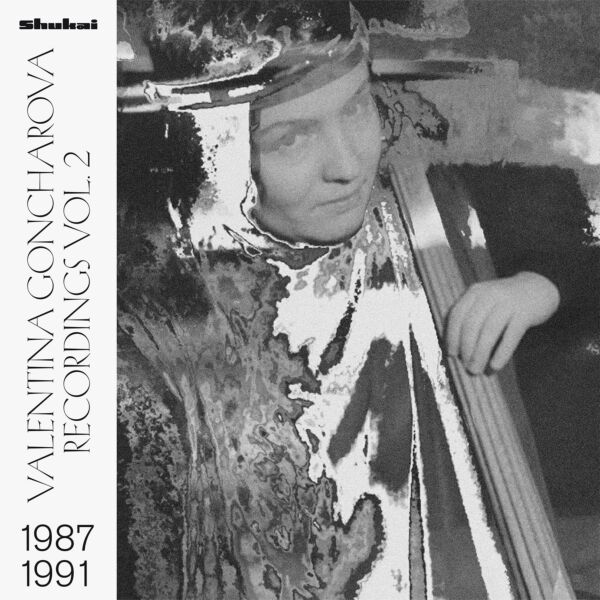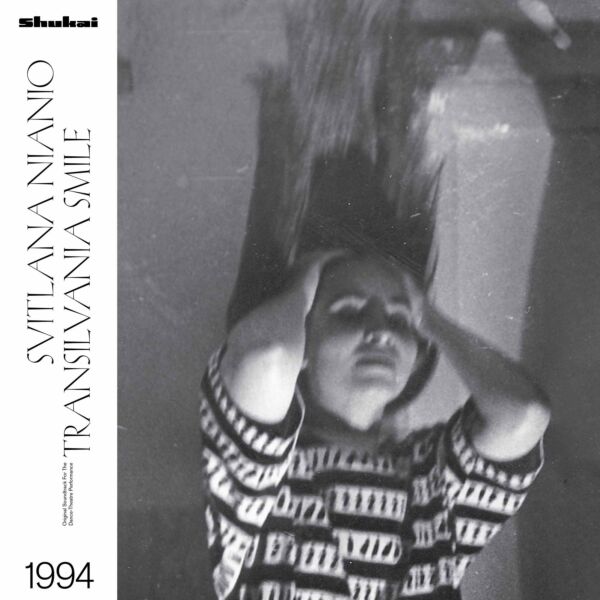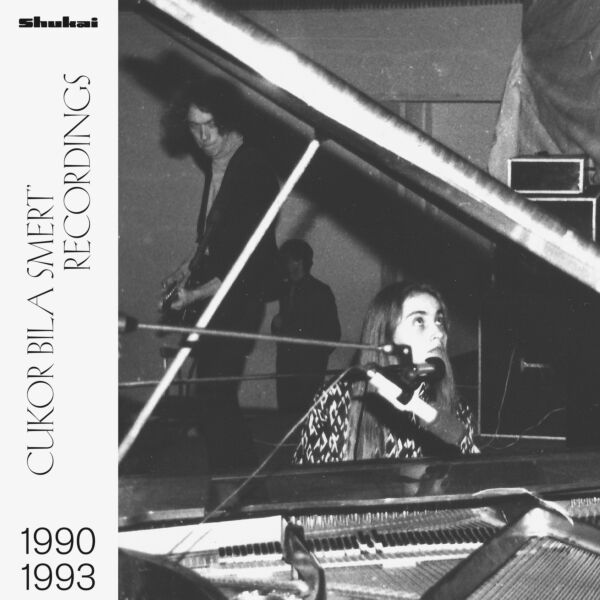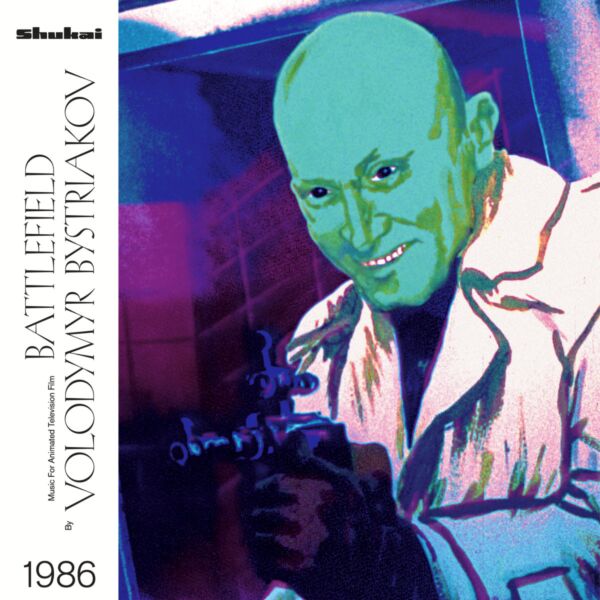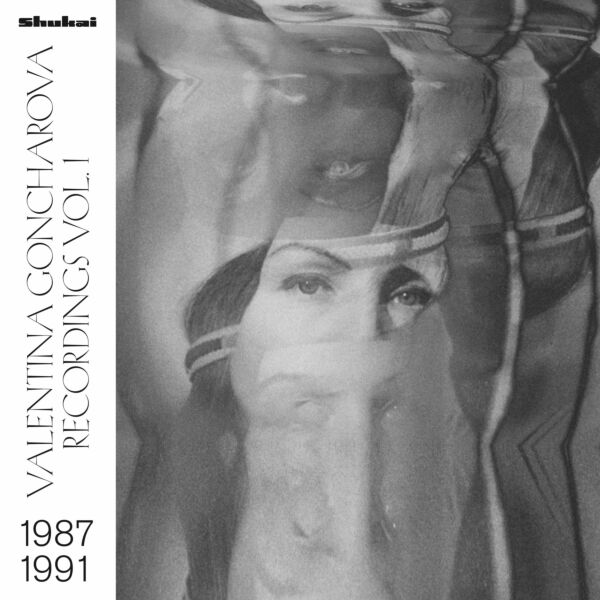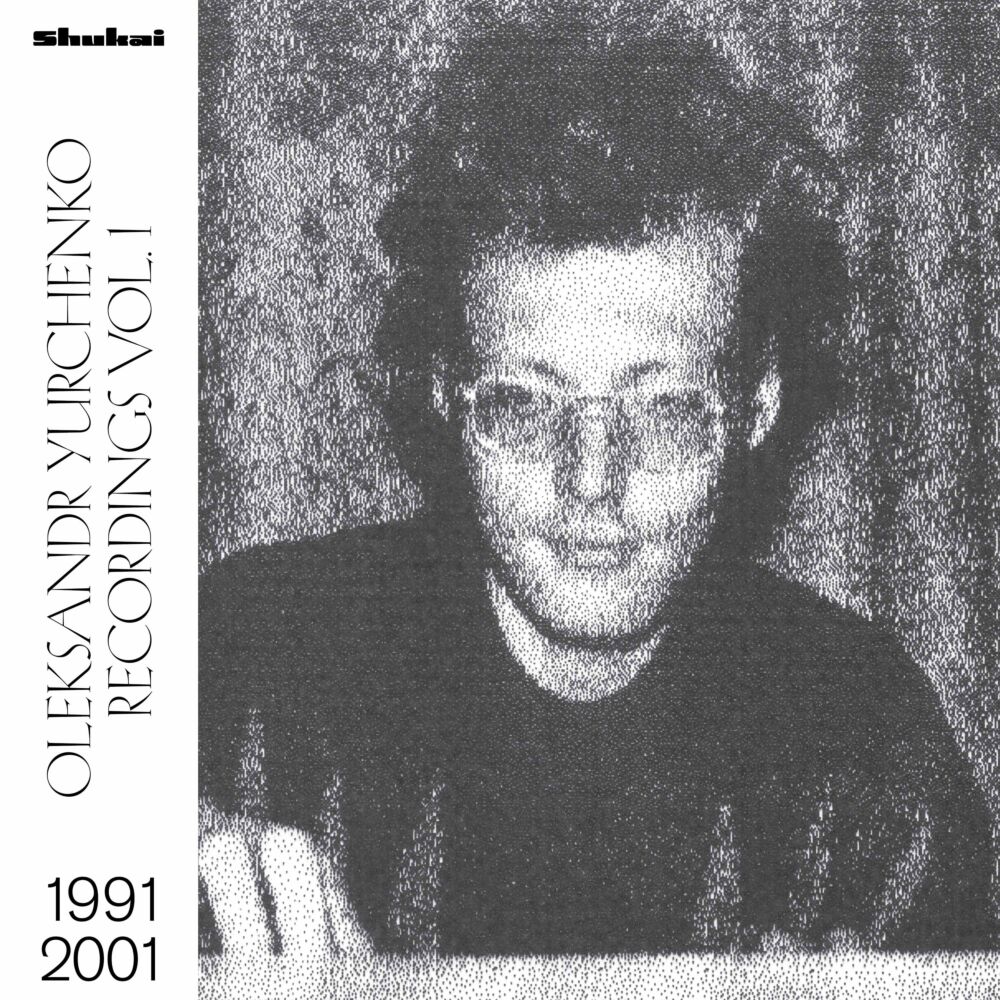
RECORDINGS VOL. 1, 1991-2001
Solo recordings of Oleksandr Yurchenko, made in 1994ž1995, are paying attention, especially in experimenting with sound, searching the new ways of creative freedom, and they give a possibility to learn more about the Ukrainian experimental scene in the 90s.
| Genre | Ambient |
|---|---|
| Format | VINYL |
| Cat. no | SHUKAI7 |
| Label | SHUKAI |
| Artist | OLEKSANDR YURCHENKO |
| Release Date | 02/06/2023 |
| Carrier | LP |
| Barcode | 750122049301 |
Out of stock
Tracklisting
RECORDINGS VOL. 1, 1991-2001
Show more tracks Show less tracks + -
Album or track playing
TRACKLIST A1. Count to 100. Symphony #1 (edit 2001) 25:37 B1. Intro 03:40 B2. Merta Zara #3 05:11 B3. Playback #1 09:12 B4. Playback #2 03:44 INFO Oleksandr Yurchenko (1966ž2020) was a Ukrainian musician and illustrator. In 1990s and 2000s he took part in different bands from Kyiv, such as Electricians, Yarn, Blemish, Suphina™s Little Beast etc., and he also collaborated with Svitlana Nianio and Katya Chilly. Yurchenko is one of the brightest representatives of the Ukrainian independent scene in 90s. Meanwhile, he is one of the most mysterious musicians of this era, being a private person, especially in the late 2000s, when Oleksandr had to leave music because of his illness, but he focused on doing book illustrations and graphic works. In 2010s some of his early records were published, and he was asked for an interview, but he refused, suffering from a serious disease at that time. In April 2020, Oleksandr Yurchenko died, leaving behind a great musical legacy. His main work, šCount to 100. Symphony #1,› was documented in August 1994. Oleksandr used strings instrument of his own invention. Yurchenko took the longboard to make the instrument, installed guitar pickups and 4 strings, and played on it with a bow. It was lost in the 2000s, but the musician remembered that it looked like a long zither. The recording session was held by Oleksandr at home, using guitar delay effects, loops, and Oreadna portable cassette recorder. He tuned the instrument in a special tone, improvising on it for 25 minutes. This drone symphony can be compared with the works of such avant-garde composers as Glenn Branca. However, it sounds innovative, especially for Ukrainian music. Despite it, Yurchenko could not publish this work officially in the 90s and made only a few copies for his own friends. At the beginning of the 2000s, he decided to edit the original version of the symphony. Oleksandr tried to restore the recording a bit, using some effects to make the sound more massive and clear. At the end of the work on this project, Yurchenko left this version in his archive but decided to publish the original recording in the late 2010s. šIntro› is the most mysterious recording from Yurchenko™s archive. Nobody could remember where and when it was recorded, so we can assume that it was made at the beginning of the 90s like a sound experiment because it was found on cassette tape with others recordings of the band Yarn. Also, there is a suggestion that it might be a Casio SK-1 sampler and some old Soviet keyboards. Merta Zara was a family project of Yurchenko and his wife, Svitlana Neznal. They had only one home recording session in 1994. Oleksandr was playing an electric cello of his own invention, and Svitlana was playing on mandolin and singing. As a result, they recorded only one track, "Dress," which appeared on the cassette compilation "Skhovaysya" in 1995. Apart from it, they recorded a few instrumental playbacks, which were found on cassette tape in 2021. Yurchenko was a big appreciator and knower of Central Asia™s music, and it influenced his own music, including Merta Zara, where traditional music and his melodist skills are intertwined. Playbacks were recorded in the beginning of 1995. It was also a home session, making instrumental playbacks for the album šZnayesh Yak? Rozkazhy› (Know How? Tell Me), recorded in collaboration with Svitlana Nianio. It should be assumed that Oleksandr used the same instrument and effects as he used during the šCount To 100› session. Some of these playbacks survived in his archive, but the rest of them were lost. The first one is an 8 minutes drone composition, which was played on a string instrument with a female voice on the background, and the second is the weird track where whirligig was used as an accompaniment. So, we can consider these recordings not only as playbacks but as Yurchenko™s solo stuff. Solo recordings of Oleksandr Yurchenko, made in 1994ž1995, are paying attention, especially in experimenting with sound, searching the new ways of creative freedom, and they give a possibility to learn more about the Ukrainian experimental scene in the 90s.

